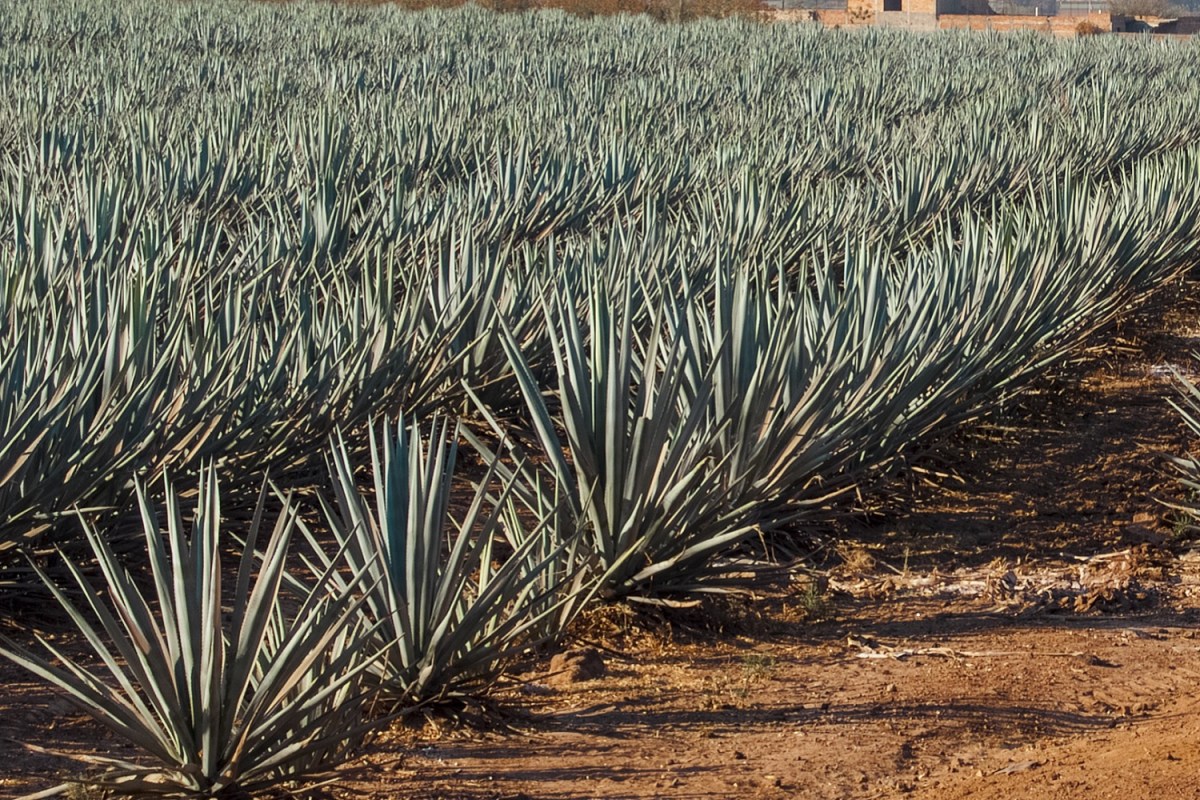As agave prices in Mexico continue to fall and demand for premium-and-above tequila moderates in the United States, alcohol market analysts IWSR says brand owners have an opportunity to improve product quality at lower price points.
Agave prices in Mexico hit a record MXP32/kg 18 months ago, but by February 2024 they had plunged to MXP5/kg, and prices are set to keep falling thanks to the large number of plants that have gone into the ground in recent years. Planting increased by 10 per cent between 2021 and 2022 and the number of registered agave growers has more than quadrupled since 2018 as well.
Jose Luis Hermoso, IWSR Research Director for Central and South America, said these factors will see agave proves continue to fall.
“The very large inventory of agave plants, coupled with slowing demand of premium tequila segments in the US after years of rapid growth, has sparked a panic sale among amateur agave growers who have recently joined the industry in a bid to cash in on the agave spirits boom,” Hermoso said.
“With such huge numbers of new plants going into the ground in 2021 and 2022, it’s entirely possible that pricing will not hit the bottom until 2026.”
The cycle of peaks and troughs in agave pricing is nothing new due to the long lead time for agave maturity, which causes and unbalanced production cycle. When prices increase growers tend to plant more, as seen in recent years, which when they mature drives down prices, and then as prices drop growers underplant, which sees supply dwindle and prices increase.
After several years of robust double-digit increases, overall tequila consumption volumes grew by only four per cent in the US during the first half of 2023, according to IWSR data.
“Logically, we would expect to see an influx of cheaper 100 per cent agave tequila into the market in the near future – so, potentially, a higher-quality product at a lower price, which might attract new consumers and/or encourage trade-down,” says Richard Halstead, IWSR COO for Consumer Research.
“The last time we saw a supply glut similar to this was around 2009/10, when numerous new brands came to the market using the 100 per cent agave description, but at prices significantly lower than the majority of incumbent 100 per cent agave brands.”
Adam Rogers, Research Director for North America, added: “Declining agave prices give leading brand owners the opportunity to improve their margins and/or increase promotional activity in order to build category share. But these experienced, marketing-led organisations will be wary of damaging their brand equity by widespread discounting.
“We do not foresee any race to the bottom in pricing terms, with premium-and-above products remaining dominant as the market leaders will be determined to preserve margin.
“Brand owners may also look to reinvest some of the margin windfall they have gained from lower agave prices into more aggressive awareness-building campaigns around the category, particularly in emerging growth markets across Asia Pacific, Eastern Europe, the Middle East, Africa and Latin America outside Mexico,” said Rogers.
IWSR also said that many multinational tequila brand owners are securing long-term grower contracts and working on more integrated farm-to-bottle production models to help reduce supply and pricing volatility.
“While newer entrants are still falling into the approach of ‘buying at the peak/selling at the trough’, established players are trying to tame the cycle by underplanting during pricing peaks and overplanting during pricing troughs,” says Hermoso. “This can only be good for the agave spirits category in the longer term.”
Interested in agave spirits? Download our Agave Spirits Trade Buyers Guide now.

